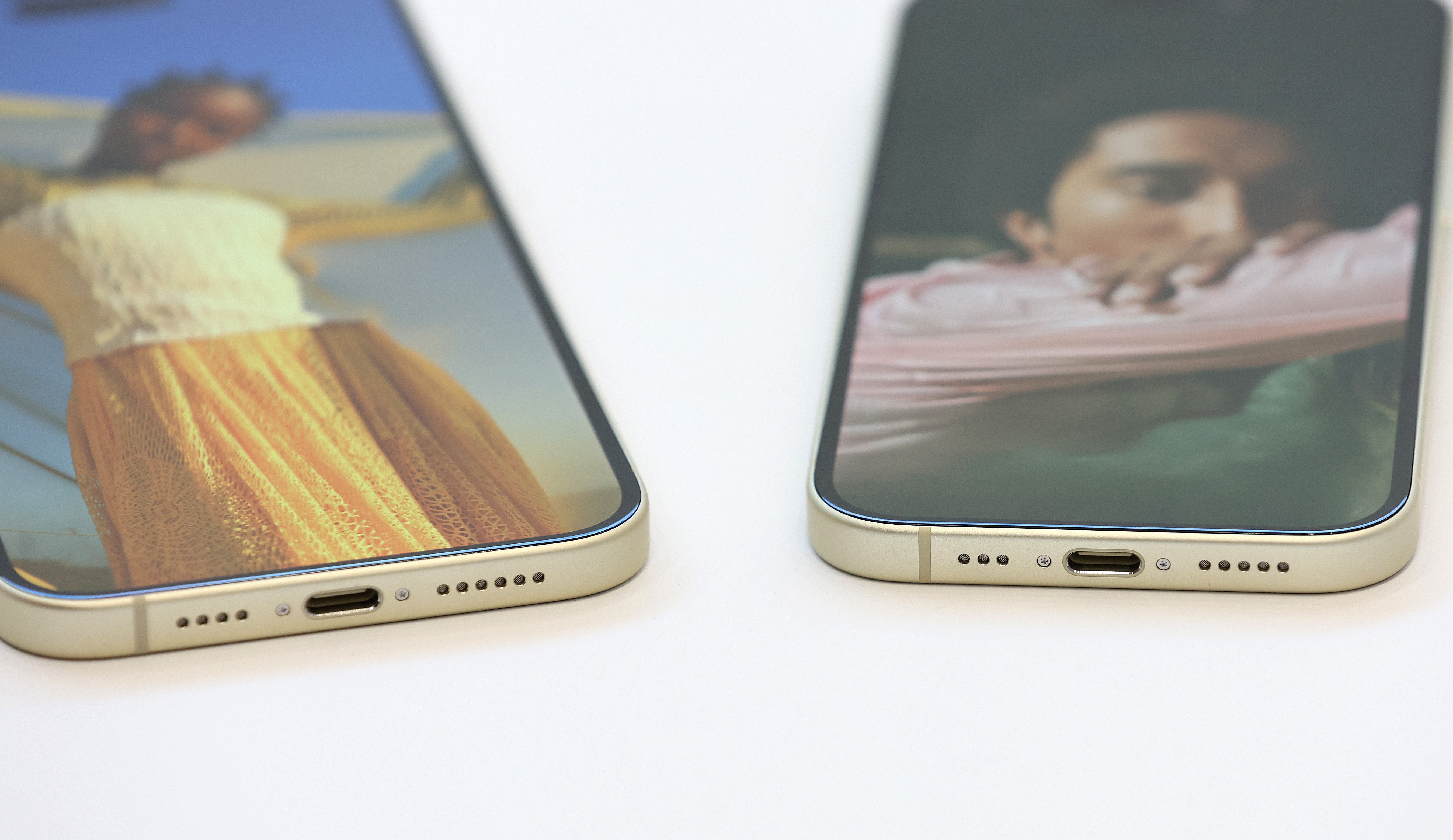How to use parental controls to keep children safe on iPhone and Android
Amid increasing concern about the dangers posed by smart devices to young children, manufacturers offer some help

Your support helps us to tell the story
From reproductive rights to climate change to Big Tech, The Independent is on the ground when the story is developing. Whether it's investigating the financials of Elon Musk's pro-Trump PAC or producing our latest documentary, 'The A Word', which shines a light on the American women fighting for reproductive rights, we know how important it is to parse out the facts from the messaging.
At such a critical moment in US history, we need reporters on the ground. Your donation allows us to keep sending journalists to speak to both sides of the story.
The Independent is trusted by Americans across the entire political spectrum. And unlike many other quality news outlets, we choose not to lock Americans out of our reporting and analysis with paywalls. We believe quality journalism should be available to everyone, paid for by those who can afford it.
Your support makes all the difference.Parents are calling for new restrictions, rules and advice on children’s phones, amid increasing concerns over the damage they could be doing.
Campaigns such as “Smartphone Free Childhood” and calls from Esther Ghey – the mother of murdered teenager Brianna – have brought fresh attention to the way that young people are using technology. The government has also announced a new push to ban mobile phones in school, even in breaks, arguing that they “are, at a minimum, an unwanted distraction in the classroom”.
Some of the calls suggest that there should be new rules around phones that are given to children. Others have simply argued for a more thoughtful approach to young people’s access to social media and other potentially hazardous services that can be accessed through phones.
Both Apple and Google do already offer some tools, on iPhone and Android, that are intended to make it easier for parents to manage their children’s phone use, however. While they might not remove every danger from young people online, they represent one relatively simple way to restrict access to dangerous content.
Google refers to its tools as “Family Link”, and they are accessed through an app that has the same name. Apple refers to its tools as just parental controls, though they are accessed through the “Screen Time” settings on the iPhone.
On Apple devices, that is found by heading to the Settings app, and clicking Screen Time. Tapping to turn it on, and then tapping again, shows an option to mark the device as belonging to your child.
Once that is switched on, a variety of options present themselves. Parents can limit access to purchases in iTunes and the App Store, specific apps, to explicit content, particular websites and more – all of which can be found from that Screen Time menu.
All of those settings can be protected by a passcode, which will mean that children cannot change the settings back. Apple advises choosing a passcode that is different from the one used to unlock your device.
These same options can be turned on when setting up a device, using Apple’s Family Sharing options. If that is used, then the child’s phone will join the “family” on Apple’s services, meaning that parents can use tools such as “Ask to buy”, which allows children to make requests for purchases.
That same family setup can also be used to track the location of devices – which might prove useful if a child loses their phone, or for ensuring they are safe.
The process on Android is much the same. The options can be found by opening up the Settings app, clicking “digital wellbeing and parental controls”, scrolling to the bottom to the “Set up parental controls” option and following the on-screen prompts and questions.
That will offer features such as the option to limit access to apps and screen time generally, as well as content restrictions. Information on those can then be seen through the Family Link app.
Both companies include limits on parental tracking, intended to stop abuse and secure children’s privacy. On neither platform can parents see what’s on their child’s screen, for instance, or intercept their messages.
Apple does have some features known as “Communication Safety” that allows the phone to register potentially inappropriate media and allow children to flag it to their caregivers. But even then parents cannot see that media, and children are given the option to ask someone they trust for help.
Join our commenting forum
Join thought-provoking conversations, follow other Independent readers and see their replies
0Comments